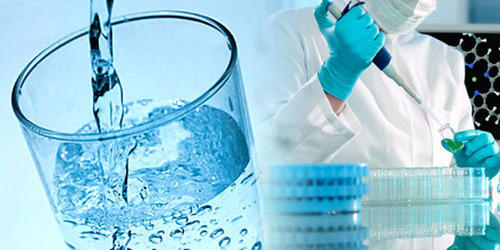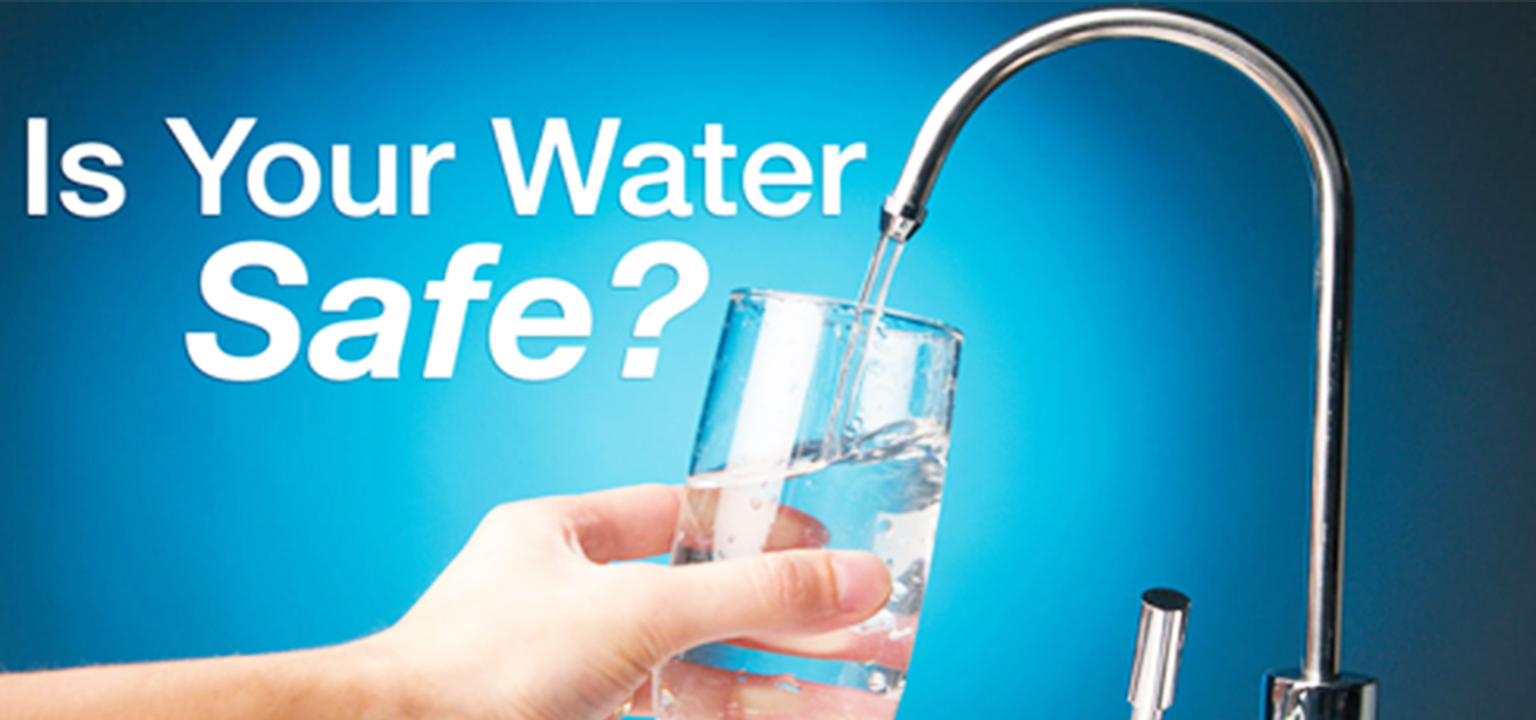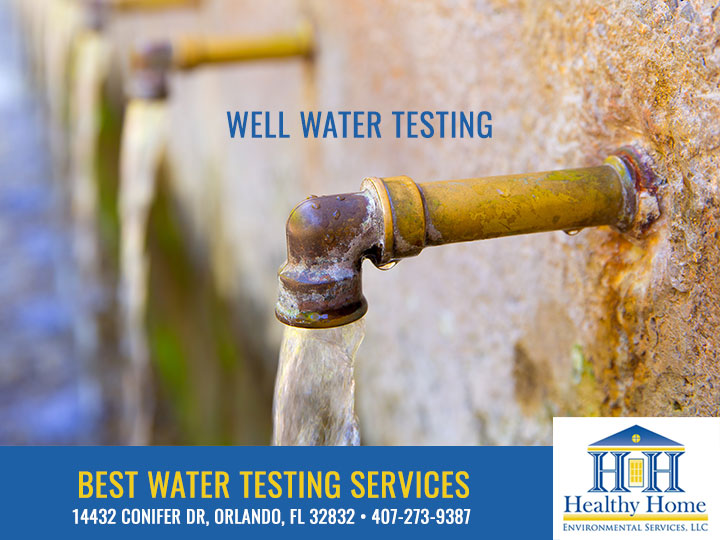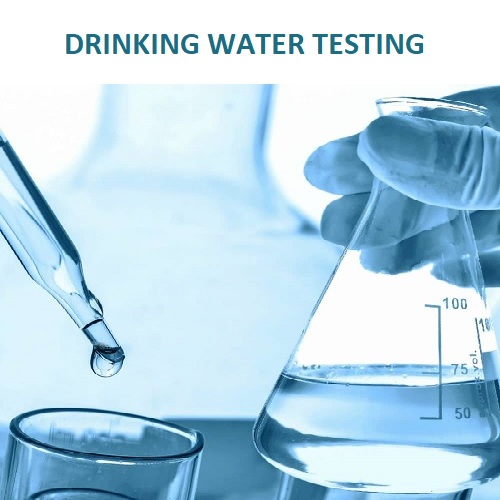Locate Trusted Water Testing Services Near Me for Tidy Consuming Alcohol Water
Locate Trusted Water Testing Services Near Me for Tidy Consuming Alcohol Water
Blog Article
Discover What Is Consisted Of in Water Evaluating and How It Makes Sure Safe Alcohol Consumption Water
Recognizing the details of water screening is critical in ensuring the top quality and safety and security of our alcohol consumption water. With a precise evaluation of physical, chemical, and microbiological aspects, water screening identifies possible impurities that can pose health and wellness threats.
Key Components of Water Screening
Water screening is a critical process that involves numerous crucial elements to ensure the safety and security and top quality of alcohol consumption water. Furthermore, ensuring the pH equilibrium of water is vital, as it influences the water's corrosiveness and the effectiveness of disinfection processes.
An additional significant component entails microbiological evaluation, where water examples are checked out for the visibility of microorganisms such as germs, viruses, and protozoa. This evaluation is vital to recognize biological hazards that could posture wellness dangers if eaten. Moreover, chemical evaluations are conducted to detect inorganic and natural substances, such as heavy metals, nitrates, and chemicals, that could be present in the water.

Finding Harmful Impurities
Finding dangerous impurities in alcohol consumption water is a fundamental element of securing public health and wellness. Each kind of contaminant presents distinct health risks, making their detection important to guarantee the water eaten by the public is safe.
Water testing for impurities is usually carried out by regulatory firms and water utilities, using a mix of field sampling and research laboratory evaluation. These assessments are created to identify both normally occurring materials and anthropogenic pollutants that might have entered the water with farming drainage, industrial discharge, or maturing infrastructure. Regular surveillance is crucial, as contamination degrees can fluctuate due to ecological adjustments, seasonal variants, or human tasks.
The identification of dangerous pollutants notifies required actions, such as water treatment interventions or public advisories, to reduce dangers. Early detection is crucial to avoid negative wellness results, varying from stomach illnesses to long-term problems like cancer, therefore ensuring the continued safety and security of alcohol consumption water.

Chemical Evaluation Techniques
In the realm of making certain risk-free alcohol consumption water, chemical analysis methods play an essential function in recognizing and evaluating pollutants. These techniques are important for finding a vast range of chemical materials, including hefty steels, chemicals, and commercial contaminants, which can posture significant health risks.
Gas chromatography-mass spectrometry (GC-MS) is an additional critical method, particularly for natural substances. It divides intricate combinations and identifies semi-volatile and unpredictable natural compounds, making sure that toxins like benzene and toluene are within risk-free limits. High-performance fluid chromatography (HPLC) is in a similar way used for non-volatile materials, including certain pesticides and pharmaceuticals.
Ion chromatography is employed to determine focus of anions and cations, such as nitrates and sulfates, which are pivotal in assessing water quality. These chemical analysis methods collectively guarantee that drinking water continues to be risk-free by detecting discrepancies from developed pureness norms, consequently safeguarding public wellness. Making certain accuracy and accuracy in these tests is extremely important to preserving the integrity of water safety and security evaluations.
Microbiological Evaluating Techniques
Accurate microbiological testing is vital for protecting public health by making sure that alcohol consumption water is without damaging virus. This procedure involves spotting and specifying microorganisms such as microorganisms, infections, and protozoa that may More Info infect water materials. Typical pathogens include Escherichia coli, Giardia, and Cryptosporidium, each posing considerable health threats.
A number of approaches are used in microbiological testing to identify these hazards. The membrane filtration method is often made use of, involving water travelling through a filter that records bacteria, which are then cultured to identify their presence and focus. Additionally, the multiple-tube fermentation technique makes it possible for the quantification of coliform germs making use of a series of dilution and incubation actions.
Developments in modern technology have actually presented molecular strategies such as polymerase chain response (PCR), which permits for the rapid and highly specific discovery of virus by amplifying their hereditary material. Enzyme-linked immunosorbent assays (ELISA) also address supply a technique to discover virus by determining particular healthy proteins or antigens.
These differed approaches are vital for extensive water high quality assessment, making certain that water treatment processes are effective which circulation systems preserve security. By employing these microbiological testing techniques, prospective carcinogen can be determined and minimized immediately.

Importance for Public Health
Guaranteeing the microbiological security of alcohol consumption water directly affects public health by stopping the spread of waterborne diseases. Pathogens such as microorganisms, viruses, and protozoa can cause ailments like cholera, dysentery, and gastrointestinal infections (Water Testing Service). The implementation of extensive water screening procedures is paramount in determining and alleviating these threats, therefore protecting neighborhoods from possible outbreaks
Normal water screening not only detects microbial contaminants yet additionally examines chemical and physical parameters that might affect health. For circumstances, too much degrees of nitrates or hefty metals such as lead can pose serious wellness risks, particularly to prone populations like infants and expectant women. By determining these threats early, water testing allows prompt treatments, guaranteeing explanation the water remains within secure consumption criteria.
Furthermore, water screening plays a crucial duty in keeping public self-confidence in municipal water systems. It offers transparency and responsibility, assuring the public that their health is a priority. For plan manufacturers and health and wellness authorities, the data originated from water testing educates decisions on framework financial investments and public health methods, guaranteeing sources are directed where they are most required. In this means, water testing is essential in advertising a much healthier, safer society.
Conclusion
Water screening works as an essential device for guaranteeing the safety and quality of alcohol consumption water with thorough assessment of its physical, chemical, and microbiological residential or commercial properties. By discovering dangerous contaminants, such as heavy steels and chemicals, and using sophisticated methods like chromatography and spectrometry, water testing assists in the recognition of potential health and wellness dangers. The implementation of strenuous testing methods is crucial for preserving compliance with safety and security criteria, eventually protecting public health and reinforcing confidence in community water systems.

By identifying these threats early, water screening enables prompt interventions, making certain the water supply stays within risk-free intake requirements.
Water screening serves as a crucial mechanism for making certain the safety and high quality of alcohol consumption water through extensive examination of its physical, chemical, and microbiological residential properties.
Report this page